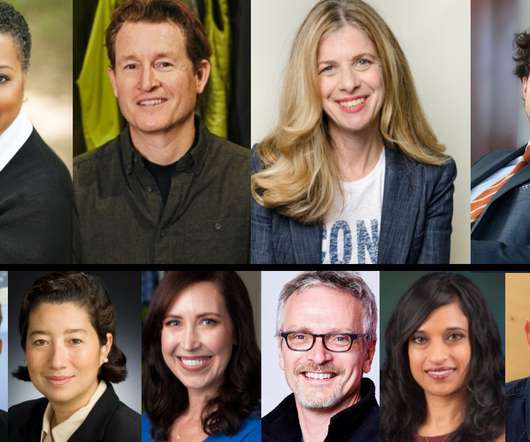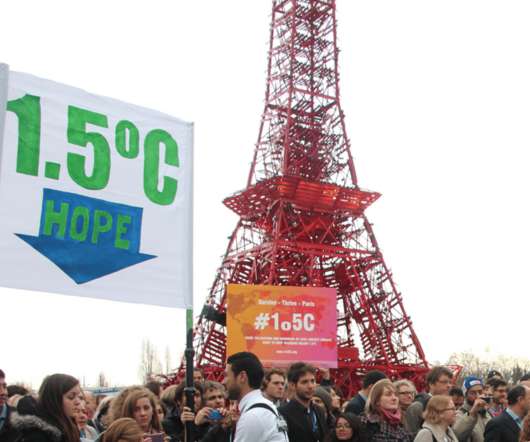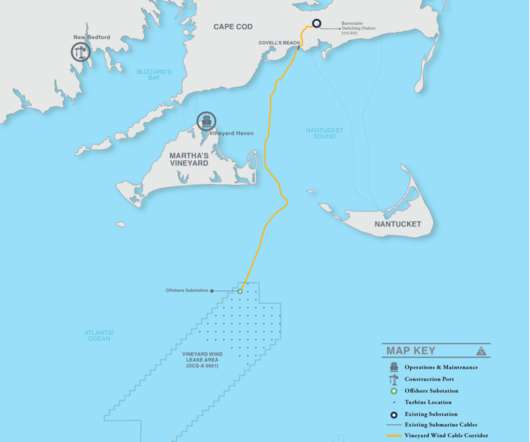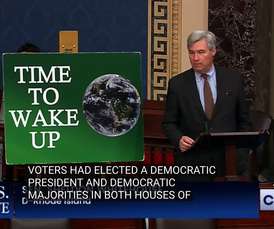As climate change threatens cultural treasures, museums get creative to conserve both energy and artifacts
Grist
MARCH 27, 2024
Within walking distance of the Grist office in downtown Seattle, there’s a pinball museum, an NFT museum, a Jimi Hendrix-inspired museum of pop culture, and Seattle’s Museum of History and Industry, just to name a few. But, she added, museums can actually be some of the most carbon-intensive buildings in cities.





















Let's personalize your content